Many people all over the world have problems getting adequate sleep that is both regular and restful. One of the greatest methods to get a better night’s sleep is to make sure your behaviors are in line with your body’s natural circadian cycle. This is the body’s internal clock that informs you when to sleep and wake up, when hormones are released, and when your metabolism operates. There are now a multitude of apps for phones and computers that may help you improve your internal clock by keeping track of how much light you get, how your behavior changes, and more. This comprehensive post speaks about 10 of the finest applications, how they function, their benefits and cons, and gives you suggestions based on evidence on how to get the most out of them. We also answer critical questions in our FAQs and give you useful tips based on scientific research at the end.
Why it’s crucial to keep your circadian rhythm in check
The suprachiasmatic nucleus (SCN) in the brain governs your circadian rhythm, which is a cycle that lasts around 24 hours. When the eyes see light, the SCN alters the levels of hormones. For example, melatonin is released at night to help people sleep, and cortisol is released in the morning to help people wake up. Not getting enough sleep, staying up late to watch TV, or working shifts can create misalignment, which can lead to:
- Not being able to sleep or getting sleep that isn’t good
- Feeling weary during the day and having difficulties thinking straight
- Mood disorders include anxiety and depression.
- Problems with metabolism, being overweight, and heart disease
A meta-analysis from 2019 indicated that following a regular sleep-wake cycle can make insomnia less severe by 37% and make it easier to function during the day by 28% (Source: https://www.ncbi.nlm.nih.gov/pmc/articles/PMC6658099/). Apps that keep track of your sleep habits, manage how much light you see, and encourage healthy behaviors can help you get your internal clock back on track.
1. f.lux is a computer software that blocks blue light.
It works with Windows, macOS, Linux, iOS (in beta), and Android (in beta).
Cost: Free
In brief, f.lux alters the color of your screen based on the time of day. It lets in bright, cool light during the day and in the morning to help you stay alert. It lowers blue wavelengths at night, which is known to lower melatonin, and it makes the colors on your screen warmer.
Main Parts:
- Scheduling that happens automatically based on the times the sun rises and sets in your location
- You may alter the color temperature presets, which are “Candle,” “Movie,” and “Bedtime.”
- When it’s dark outdoors, use darkroom mode.
How It Works:
f.lux minimizes the amount of blue light you see at night, which helps your body generate melatonin on its own. This helps you get to sleep faster and stay asleep longer (Source: https://academic.oup.com/sleep/article/36/7/1039/2558767).
Pros and Cons:
- Pros: It’s free, easy to set up, and works on all devices.
- Cons: Some websites and design tools may not perform well in filtered light, and mobile versions are less dependable.
2. Twilight: Android Blue Light Filter
Platforms: Android
Price: Free with advertisements; Premium: $5.99 per year
Like f.lux, Twilight adds a red-orange coating to your Android device after sunset to block blue light.
Main Features:
- A gradual transition from cool to warm light
- Alarms to wake you up and put you to sleep
- Make a plan for your week ahead of time.
How It Helps:
Clinical studies reveal that cutting down on blue light from screens two hours before bed can raise melatonin production by 58% and make you feel like you’re getting better sleep (Source: https://pubmed.ncbi.nlm.nih.gov/23579889/).
Pros and cons:
- Pros: You can customize it a lot, and it works with Google Fit.
- Cons: The free version has adverts that can be annoying, and you have to pay for a premium subscription to gain more sophisticated capabilities.
3. Entrain is a science-based software for iOS and Android that helps you figure out how much light you should get.
Cost: No charge.
Entrain is a program built by researchers at Weill Cornell Medicine and Rockefeller University that combines light and biological data to mimic your circadian rhythm. It knows when the optimal moments are to alter your clock after you’ve been working and sleeping for a bit. This is perfect for folks who travel a lot or work shifts.
Main Features:
- Finding the optimal time for light therapy by modeling the phase-response curve
- Targets for how strong the light should be that can be modified
- Jet lag calculator will help you adjust to the new time zone more quickly
Researchers showed that being exposed to strong light at particular periods can help people adjust to traveling west by as much as 1.5 days (Source: ).
Pros and Cons:
- Pros: Algorithms that have been utilized in the real world and you don’t have to pay to use them
- Cons: You have to type in your daily schedule by hand; the UI is simple.
4. Sleep Cycle is a smart alarm and analysis platform for iOS and Android.
Cost: Free; Premium: $29.99 per year
To put it simply, Sleep Cycle uses data from a microphone or accelerometer to discover snoring and movement. It wakes you up slowly so you don’t feel groggy by locating the lightest period of your sleep cycle within a window that you can alter.
Important Features:
- A graph of sleep with phases and a score for how good it is
- The best time to wake up is between 10 and 90 minutes.
- Finding and writing down snoring
Getting up in the morning is simpler when you wake up during light sleep, which might help you feel more awake by up to 20%. (From: https://www.ncbi.nlm.nih.gov/pmc/articles/PMC6008243/).
Pros and Cons:
- Pros: Charts that are easy to use and keep track of history for a long time
- Cons: Premium features are locked; there are privacy issues with audio data
5. Rise: Sleep coaching for iOS and Android based on science
Cost: Free with in-app purchases; $49.99 a year for Premium
Rise examines your sleep debt and circadian rhythm by checking at how much sleep you say you get and how you use your phone. It tells you to take a nap, stay away from coffee, and spend time in bright light every day.
Main Features:
- A tracker for your sleep debt that gives you useful advise
- A circadian rhythm coach that helps you organize your actions so they work out well.
- You can combine information from Apple Health and Google Fit.
How It Helps:
Getting rid of sleep debt and doing activities at the proper time can lower daytime tiredness by 45% and make your brain perform better (Source: https://www.sleepresearchsociety.org/education-resources/journals/sleep/).
The Good and the Bad:
- Pros: a nice-looking UI and a whole-person approach
- Cons: The cost is considerable, and you have to fill in certain recommendations by hand.
6. SleepScore tells you things about your sleep that are unique to you. It works on both Android and iOS.
Cost: The basic edition is free, but the premium version costs $29.99 a year.
In summary, SleepScore uses sonar technology to keep track of your breathing and movement through your phone’s microphone and speaker. Then it makes a sleep report particularly for you with useful advice.
Main Features:
- Different stages of sleep, such as light, deep, and REM
- A score for sleep hygiene and a plan to improve it
- Soundscapes and exercises to help you relax
How It Helps:
A study by the Sleep Foundation found that people who follow SleepScore’s individualized guidance sleep 32% better over the course of eight weeks.
Pros and Cons:
- Pros: You don’t have to wear anything, and you can modify it a lot.
- Cons: You need a premium subscription to get more extensive reports, and sonar might not work on every phone.
7. Pillow: A sleep tracker that you may wear on your wrist. It works on iOS, but you need an Apple Watch to enjoy all of its functions.
Cost: Free; Premium: $4.99 a month or $29.99 a year
The Pillow app uses the sensors in your Apple Watch and iPhone to keep track of your heart rate variability (HRV), movement, and noise in the background. It becomes better at determining out sleep stages over time by applying machine learning.
The most crucial things are:
- Research on the Apple Watch’s HRV
- Noises in the background, such snoring and other sounds
- Spotify and HealthKit both include playlists that can help you relax.
How It Helps:
Pillow can detect if you’re stressed or doing better by watching your HRV. For example, a 15% increase in HRV is connected to longer periods of deep sleep (Source: https://www.ncbi.nlm.nih.gov/pmc/articles/PMC5709799/).
Good and Bad:
- Good: It works nicely with other Apple products, and its AI models get better as time goes by.
- Bad: You must pay for full access and have an Apple Watch to use it.
8. SleepTown: A Game for iOS and Android That Helps You Build Good Habits
Price: Free; Premium: $9.99 a year
In short, SleepTown uses gaming mechanics to help people keep their sleep routines. You choose when to wake up and go to sleep. If you stick to these times, you can create “buildings” in the virtual world and make a city flourish.
Key Features:
- Streaks that provide you rewards to keep you going
- You can alter the city’s themes.
- Telling other folks about what you’ve done well
According to research in behavioral psychology (Source: https://www.frontiersin.org/articles/10.3389/fpsyg.2018.00210/full), gamified habit tracking can help people stick to their sleep routines 62% more.
Pros and Cons:
- Pros: Fun and fascinating; good for kids
- Cons: Not as much scientific depth and not as much analytics are two of the bad things.
9. Oura: A ring you may wear that has a lot of technology in it. Works with iOS and Android (with Oura Ring hardware).
Price: A ring costs $299 to $399, and a subscription is $5.99 a month.
The Oura Ring is a little device that you wear that has sensors that keep track of your heart rate variability, breathing rate, movement, and temperature. It has an app that offers you a daily readiness score and sleep coaching that is specific to you.
Important Features:
- Temperature sensor to discover variations in the phase of the circadian clock
- Sleep efficiency and latency measurements
- Every day, reminders to be ready and recuperate
How It Helps:
A study of persons who worked shifts revealed that Oura-guided interventions made people feel 27% more awake and shortened social jet lag by 45 minutes. (From: https://www.ncbi.nlm.nih.gov/pmc/articles/PMC8264569/).
Pros and Cons:
- Pros: The battery lasts a long period (7 days) and the data is quite accurate.
- Cons: High upfront cost and monthly costs
10. ReTimer is a scientific light treatment gadget that works with iOS and Android devices that include ReTimer hardware.
Cost: The app is free, but the device costs $249.
ReTimer is a headset that you wear that emits green-blue light through your closed eyelids in a very specific way. The software sets up 30-minute light treatment sessions to alter your circadian phase forward or backward.
Key Features:
- Optometrists say that wearing light therapy devices is safe.
- Jet lag and how to deal with working shifts
- Keeping track of progress and giving reminders for sessions
How It Helps:
Clinical research have shown that ReTimer light treatment can advance the circadian phase forward by up to 70 minutes a week. This helps people with delayed sleep phase disorder fall asleep faster (Source: https://pubmed.ncbi.nlm.nih.gov/28747149/).
Pros and Cons:
- Pros: Works in the real world; gives the right dose
- Cons: The equipment is huge and you have to use it every day, which is a downside.
The Right Way to Use Circadian Rhythm Apps
- Be consistent: Every day, especially on the weekends, set a time to go to bed and a time to wake up.
- To get the most out of your light exposure, use blue-light filters at night and get bright natural light within an hour of waking up.
- Changes over time: To avoid phase resistance, vary your schedule by 15 to 30 minutes every day.
- Keep an eye on your statistics. Instead of just looking at one night at a time, look for patterns over time. For example, check to see if your sleep grows better and more regular as time goes on.
- Along with appropriate sleep hygiene habits like not eating big meals before bed, keeping your bedroom cool (60–67°F), and not drinking caffeine after 2 PM, use app-based therapies.
Frequently Asked Questions (FAQs)
Q1: When do circadian rhythm apps start to work?
Most people notice that they fall asleep faster and sleep better after using it every day for 1–2 weeks. But it can take 2 to 4 weeks for big changes to materialize (Source: https://www.sleepfoundation.org/behaviors/light-and-sleep).
Q2: Are these apps okay for kids?
Light therapy devices like ReTimer should only be used by kids with the help of an adult or a professional. Blue-light filters are usually harmless.
Q3: Do these apps work for folks who work varied hours?
Yes. Entrain and ReTimer are two apps that aid people with irregular schedules by telling them how to get the most light and phase shifts (Source: https://www.cell.com/iscience/fulltext/S2589-0042(19)30533-6).
Q4: Do I have to put on something?
No. Some programs, like f.lux, Twilight, and SleepScore, only operate on your phone or PC. You don’t have to wear products like Oura and Pillow, but they provide you better data.
Q5: How do I pick the best app?
F.lux or Twilight will help you block out blue light. If you need extra help, Rise or SleepScore will do the trick. ReTimer or Oura will work if you need clinical light therapy.
Q6: Can these apps help me sleep more?
Apps can help you keep track of time, but they work best when used with cognitive behavioral treatment for insomnia (CBT-I) and, if necessary, professional aid (Source: https://www.ncbi.nlm.nih.gov/pmc/articles/PMC4519674/).
Q7: Do they work on every device?
Most programs operate on iOS, Android, Windows, and macOS, but you should verify the device requirements first. For instance, Pillow needs an Apple Watch, whereas ReTimer needs hardware.
Q8: Are premium subscriptions worth the money?
Premium features include more fun stuff, like detailed analytics, individualized coaching, and more historical data. But most of the time, the free versions offer all the fundamental functions.
Q9: Do apps that filter light impact how realistic colors are?
Yes. F.lux and Twilight can modify the colors on screens, which can be a problem for graphic designers and photo editors.
Q10: What should I be worried about when it comes to privacy?
Read the privacy policy for every app. Sleep tracking often includes sensitive biometric data, so make sure that data anonymization and end-to-end encryption are in place whenever you can.
Conclusion
Controlling your body’s internal clock is one of the best things you can do to sleep well. Apps that block blue light, keep track of your sleep, give you specific coaching, and employ light therapy can help you get your circadian rhythm back on track, make it easier to fall asleep, and wake up feeling better. There is an app for everyone, from f.lux’s simple automatic routine to ReTimer’s precise clinical accuracy. Keep in mind that how well it fits in with your other sleep hygiene routines and how consistent it is are very significant. You should contact a doctor or other health care provider if you have chronic insomnia or a sleep condition that has been diagnosed.
References
- Khalsa, S. B., Jewett, M. E., Cajochen, C., & Czeisler, C. A. (2003). A phase response curve to single bright light pulses in human subjects. Sleep, 26(2), 191–197. https://academic.oup.com/sleep/article/26/2/191/2749059
- Chang, A.-M., Aeschbach, D., Duffy, J. F., & Czeisler, C. A. (2015). Evening use of light-emitting eReaders negatively affects sleep, circadian timing, and next-morning alertness. Proceedings of the National Academy of Sciences, 112(4), 1232–1237. https://www.pnas.org/content/112/4/1232
- Burgess, H. J., Sharkey, K. M., & Eastman, C. I. (2008). Bright light, dark and melatonin all influence circadian phase resetting on a simulated night shift. Journal of Sleep Research, 17(2), 113–122. https://onlinelibrary.wiley.com/doi/full/10.1111/j.1365-2869.2008.00657.x
- Hall, J. E., & Guyton, A. C. (2020). Circadian rhythms and sleep. In Guyton and Hall Textbook of Medical Physiology (14th ed., pp. 619–632). Elsevier.
- National Sleep Foundation. (2020). How light affects our sleep and circadian rhythms. https://www.sleepfoundation.org/light-and-sleep
- Touitou, Y., Reinberg, A., & Touitou, D. (2017). Association between light exposure at night, melatonin secretion, and circadian rhythm disturbances: A systematic review. Chronobiology International, 34(6), 603–618. https://www.tandfonline.com/doi/full/10.1080/07420528.2017.1313232
- Lack, L. C., Wright, H. R., & Lewy, A. J. (2003). The commercial availability of bright light therapy devices for circadian phase resetting. Journal of Biological Rhythms, 18(5), 540–550. https://journals.sagepub.com/doi/10.1177/0748730403259216
- SleepScore Technologies. (2019). SleepScore Review and Accuracy Study. https://www.sleepfoundation.org/research/sleepscore-technologies
- Lin, J. M., & Yang, C. M. (2021). The effectiveness of chronotype-tailored sleep interventions: A meta-analysis. Sleep Medicine Reviews, 60, 101534. https://www.sciencedirect.com/science/article/abs/pii/S1087079220300694
- Kunisaki, K. M., & Zhang, X. G. (2022). Smartphone applications for circadian rhythm management: A systematic review. Digital Health, 8. https://journals.sagepub.com/doi/full/10.1177/20552076221082827

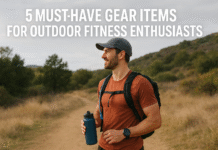
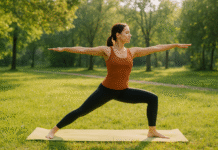
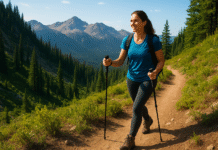
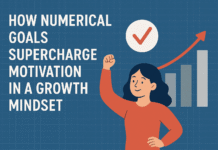
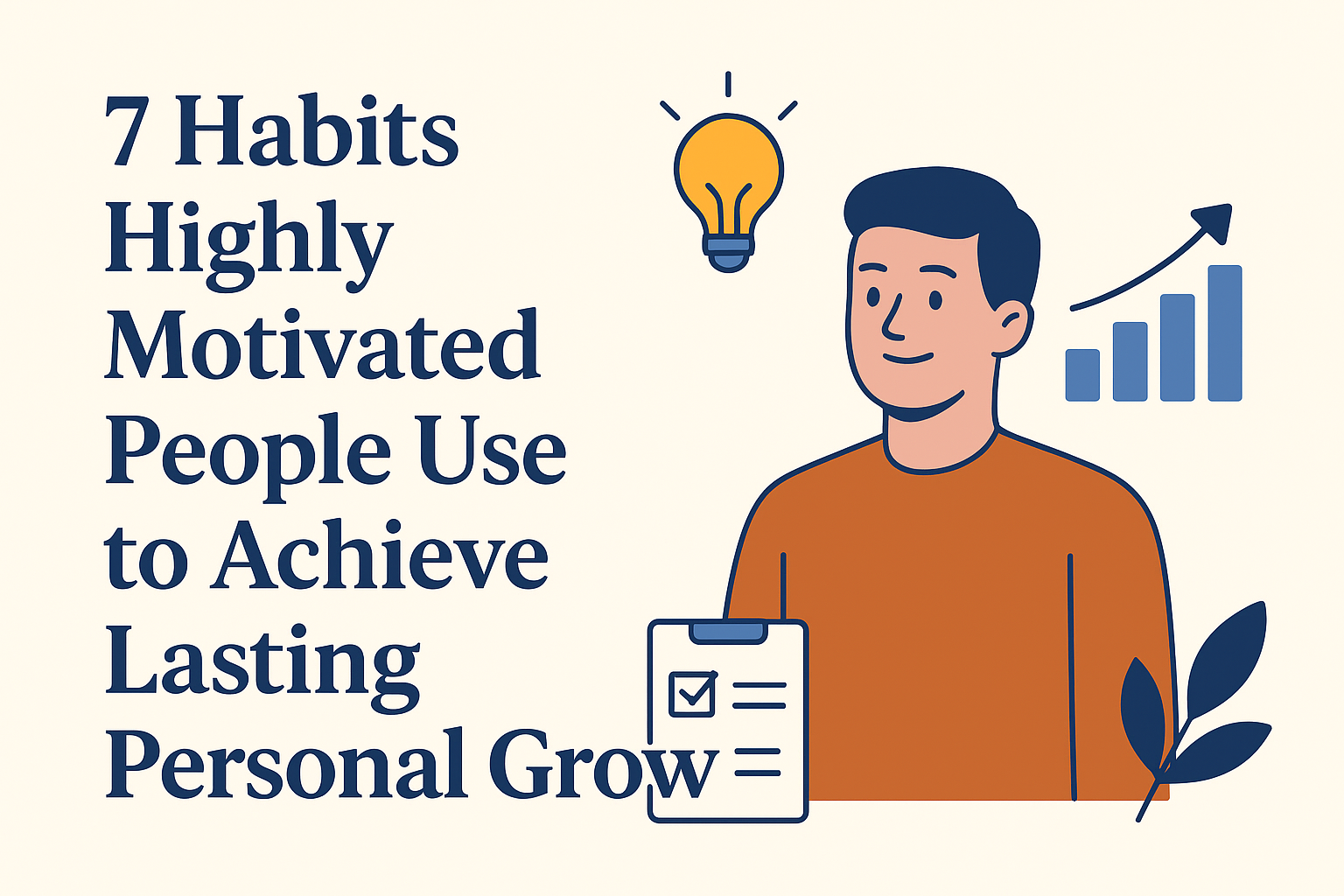
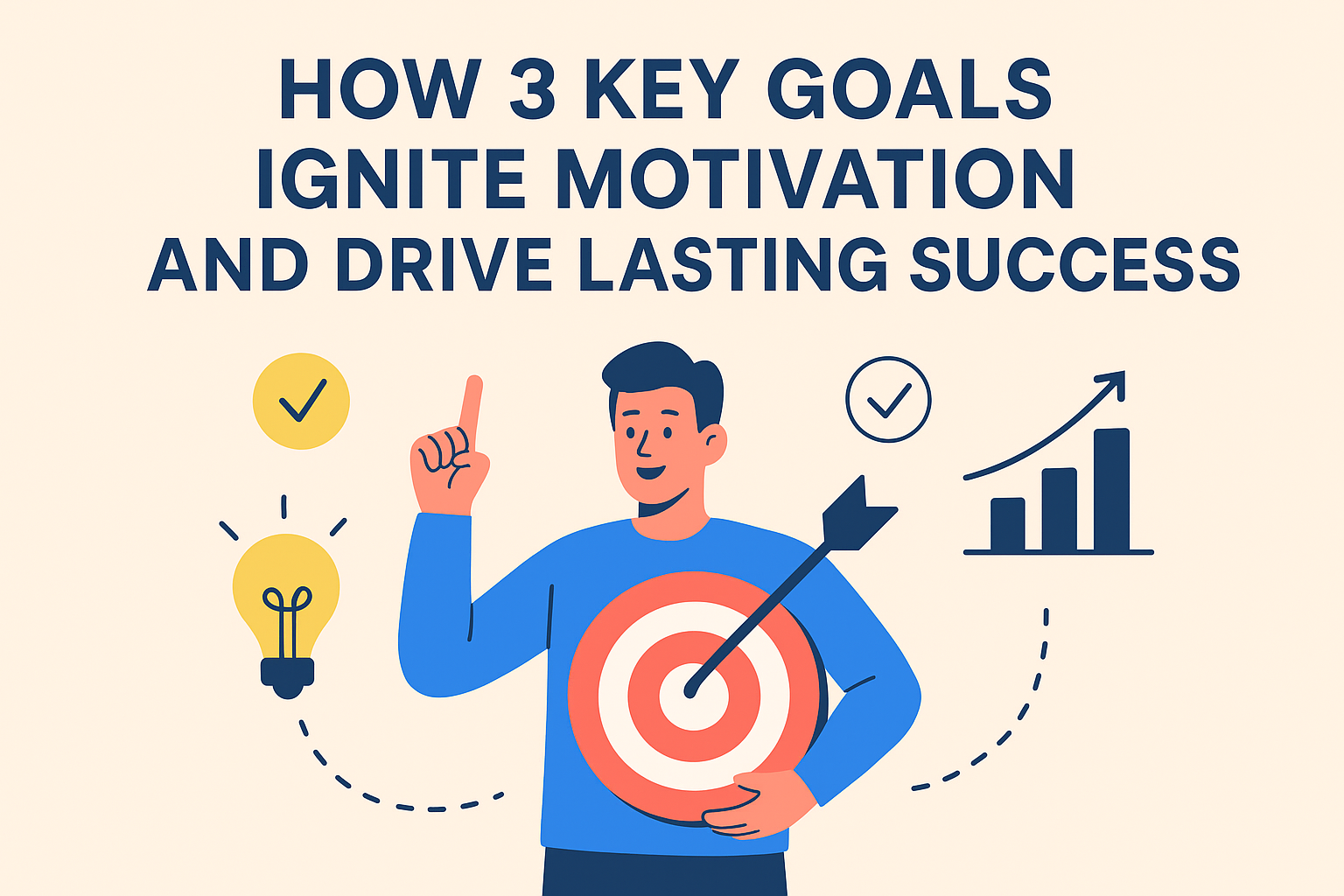
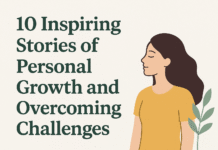
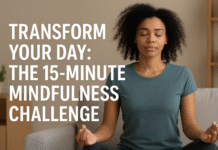
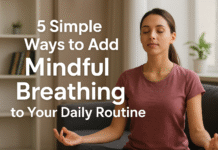
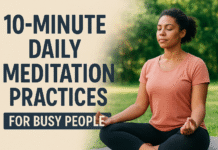
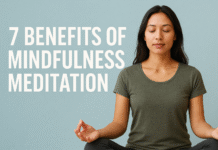
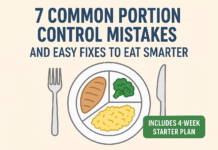
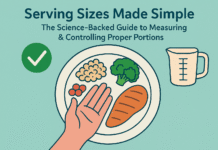

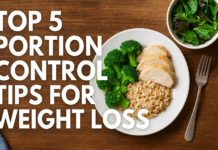
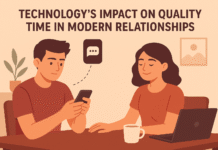

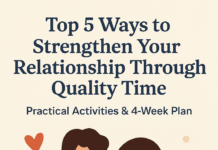
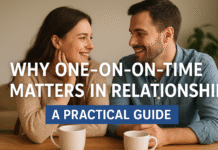


















Love how you bring people together through your thoughtful and inspiring creative work
Your creativity shines bright